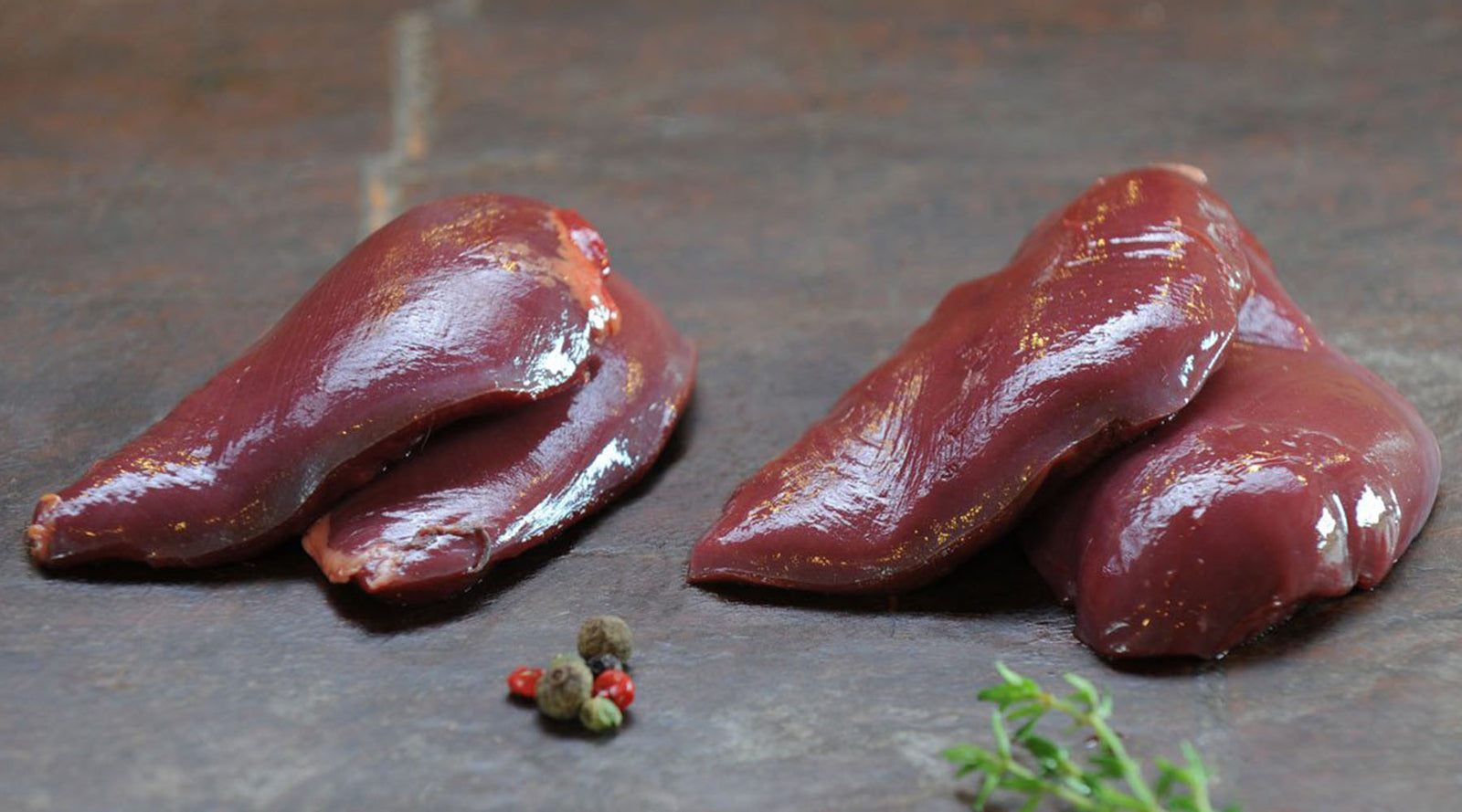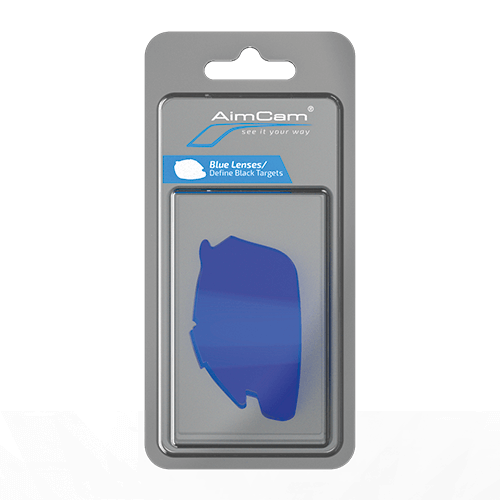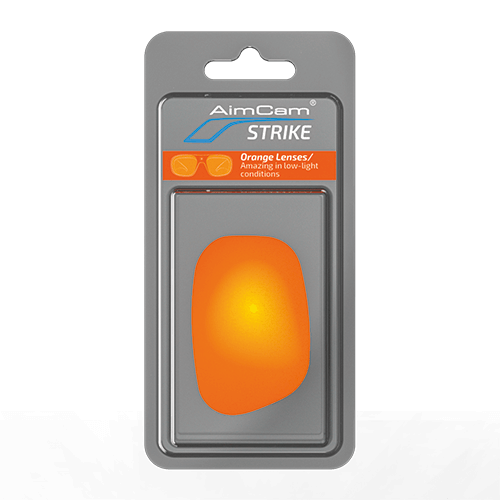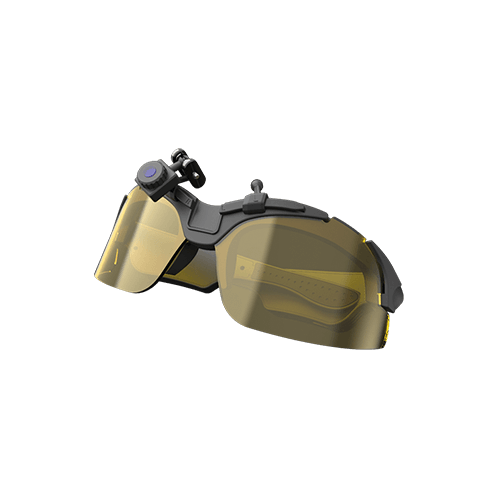Your Cart is Empty

** SALE NOW ON ** SAVE A MASSIVE 25% ** SALE NOW ON **

** SALE NOW ON ** SAVE A MASSIVE 25% ** SALE NOW ON **
Aimcams
PRO2i : STILL GOING STRONG AFTER 5 YEARS IN THE FIELD....!
"NEW" PRO4K : WORLD'S MOST ADVANCED AIMCAM EVER!
STRIKE : SLIMMED DOWN ON FEATURES FOR A MORE STYLISH LOOK.
PRO2i : STILL GOING STRONG AFTER 5 YEARS IN THE FIELD....!

..........................
"NEW" PRO4K : WORLD'S MOST ADVANCED AIMCAM EVER!

..........................
STRIKE : SLIMMED DOWN ON FEATURES FOR A MORE STYLISH LOOK.

..........................

Seven Spiced Wild Wood Pigeon Bao Buns with a Simple Soy Dip
January 28, 2020 5 min read
By Tim Maddams
Pigeon – wild, wood pigeon - has one of the most dense, definable and honest flavours of any meat. As savoury as the finest steak, yet as low fat as a salad leaf, it represents the finest of wild meats if handled correctly. Pigeon meat is best fresh - two to three days in a fridge is more than enough hanging time, unless the birds are particularly old, in which case a day or two more may well be in order for the sake of tenderness.
For this recipe there is no need to pluck the birds, as we only want the breast meat, though the legs can be skinned and set aside for a different dish at another time. You can simply break open the skin over the crowns and slice the breasts off either side of the keel bone using a small, sharp boning knife.
Bao buns, as you may know, are small, steamed, white bread rolls originating from northern China. They are one of those things; you can buy them, but they’re simply nothing like as good as if you make them fresh. Luckily, making your own Bao will take next to no time and is very simple to do. Well, actually, it is very simple to do the third time you make them…. it will take a little care and astute observational focus to get them bang on first time out of the steamer! However, I have yet to have a complete disaster when making them, so, reasonably easy from the off and tricky to mess up completely.
For the Bao bun dough
150g plain flour
Pinch salt
Pinch sugar
Teaspoon fast action dried yeast
75ml warm water
Teaspoon baking powder
A little sesame oil, or sunflower oil
Add the yeast and sugar to the water and stir. Add the salt to the flour and then slowly add the liquid to make a dough. Work the dough until smooth, but no longer than that; we want the dough to be soft. Place the dough in a clean bowl big enough for it to double in size. Cover, and place somewhere warm to prove – either at room temperature or, if you’re in a hurry, somewhere a little warmer – not too hot though!
Allow the dough to prove until doubled in size. Spread out the baking powder on the work surface and knead the dough again, incorporating the powder into the dough. Separate the dough into 30g pieces, shape them into balls and then allow them to prove again. This second prove is very rapid indeed due to the inclusion of the baking powder during the final knead. Keep an eye on them and certainly do not wander off to do something else!
Using a little sesame oil, brush some 4 inch square pieces of non stick baking parchment with oil, place a ball of dough on the paper and then brush this with oil as well. Press the dough down and spread it until it is about 7mm thick. Now fold one side over the other, but not all the way (approx 2/3) and leave to prove again – this time for just a minute or two.
Turn on your steamer and make sure it’s steamy before you start. A purpose made bamboo steamer over a pan of boiling water works well, or you could use an electric steamer. You could even, at a push, use a couple of baking trays and a cooling rack; anything that will allow the buns to steam without them touching the water or the steam escaping too easily. Place as many bao as will comfortably fit in one layer in your steamer and steam each batch for 4 minutes until the rolls puff up and cook: they should be firm and fluffy. Repeat until all the dough balls are used up – your bao are now ready. They can be kept warm for a short while, but do not leave them in the steamer to keep warm – they will end up soggy.
For the soy dip
If you’ve never made a soy dip before, this is a basic version. You can crank up the spice a little by adding chilli, or sliced spring onions or coriander etc. Here, I have stuck with tried and tested and gone for garlic and ginger, but the really important thing is to get the dip sweet enough to stand up to the salt of the soy, but not so sweet that it becomes too syrupy. The dip should be light but not cloying and should only just coat the surface of a spoon dipped in once the sauce has cooled.
2 tablespoons dark soy sauce
2 teaspoons rice vinegar
2 dessertspoons of teriyaki marinade
1 tablespoon of coconut sugar – or soft light brown sugar
1 clove garlic, peeled and very finely chopped
½ teaspoon fresh, very finely chopped ginger
Simmer everything except the ginger and the garlic for just half a minute. Add the ginger and garlic and remove the sauce from the heat. Reserve for later use. Now, how easy is that?
7 spice mix
Authenticity of flavour is something that we tend to overlook in our “Chinese” takeaway food - mostly Cantonese dishes that have been more or less ruined to suit our European expectations. This homemade 7 spice mix can be replaced with a shop bought 5 spice mix, but then, life would be just that little bit more dull. You can use a pestle and mortar to make your spice mix, but to be honest I prefer the ease of an electronic spice grinder.
1 teaspoon each of whole:
Fennel seeds
Coriander seeds
Szechuan peppercorns
Black pepper
1 whole star anise
A good pinch hot chilli flakes
½ teaspoon good cinnamon powder
Grind the whole spices and add these to the powdered cinnamon. Place in a jar to keep fresh and use as needed.
For the pigeon
4 pigeon breasts, trimmed and sliced into quite thin pieces, lengthways
A little finely chopped leek – again, sliced very thinly
A little fresh coriander
Chopped, chilli, ginger and garlic
The juice of half a lime
1 teaspoon 7 spice mix – or a bit more; taste as you go and add as much as you like, but try not to overpower the pigeon
A little sesame oil
Place a good frying pan on the stove to heat up. Add the oil to the sliced pigeon meat and then add the spices and the chopped leeks. Sauté for a minute or two until the pigeon is very nearly cooked, taking care not to overcook it. Overcooked and dry pigeon meat tends to taste a bit too livery to be enjoyable for most people. Neither, though, do we want the meat bloody, so I’d suggest a maximum cooking time of around 4 minutes. Add the chilli, ginger, garlic and, if needed, a little salt. Turn off the heat and add a few drops of lime juice. Allow the pigeon meat mix to rest in the pan for a minute or two before serving with the steamed buns and the soy dip. Sprinkle with fresh chopped coriander. Enjoy, and try not to eat too many. I dare you!
Leave a comment
Comments will be approved before showing up.





